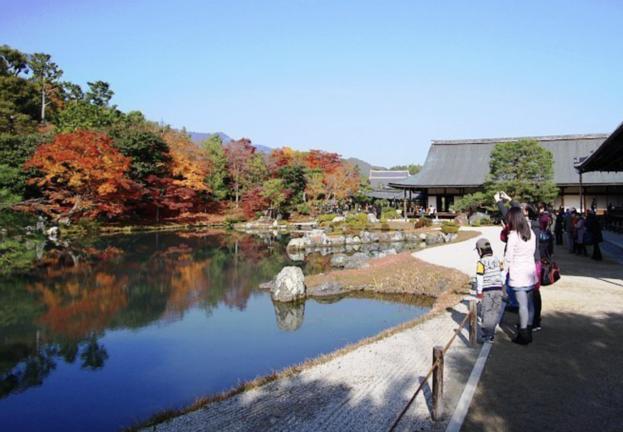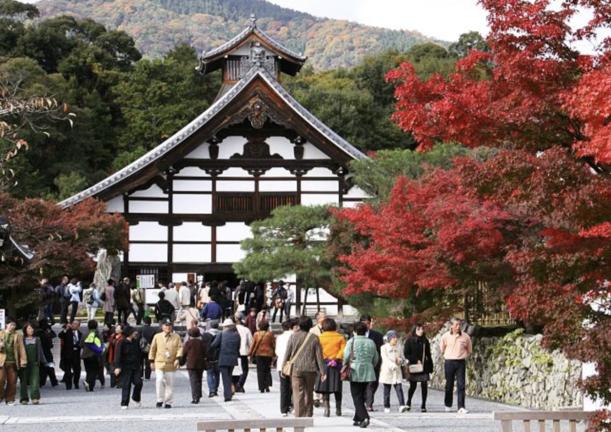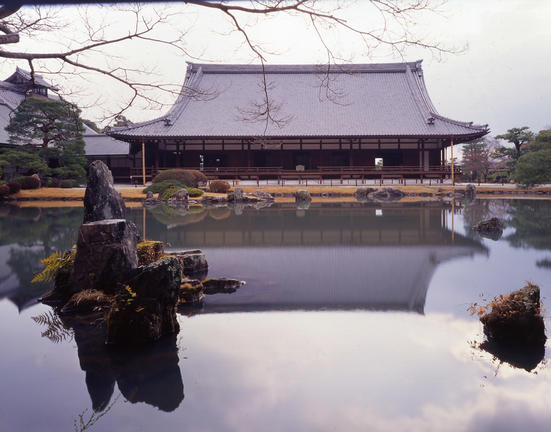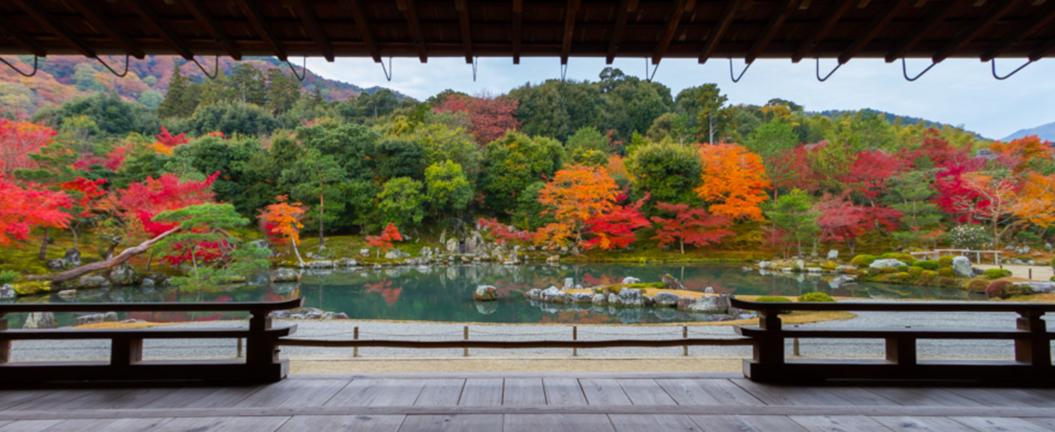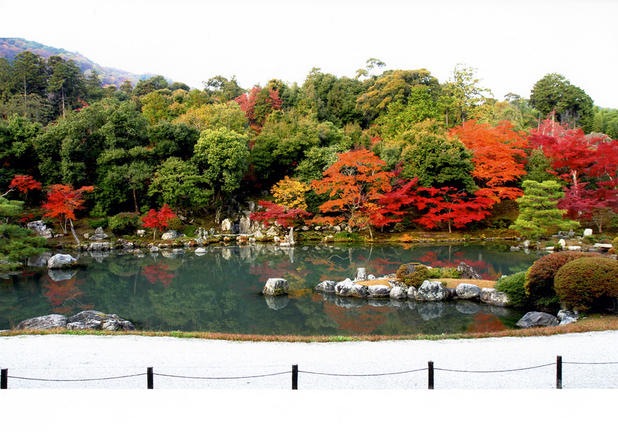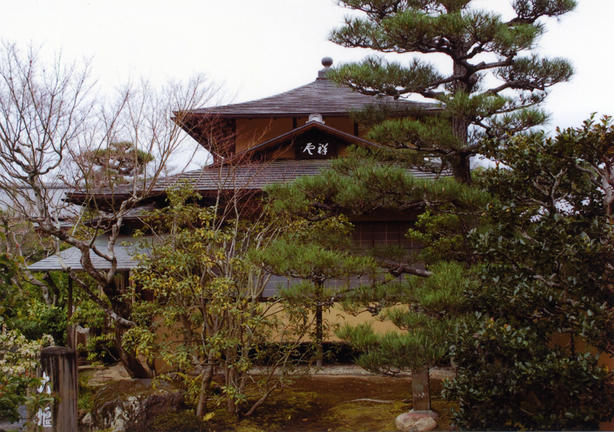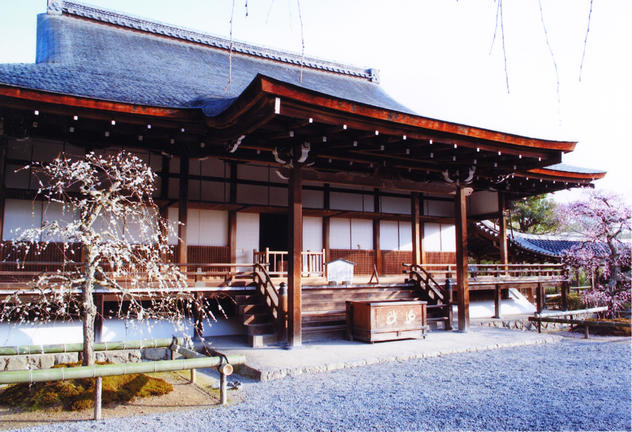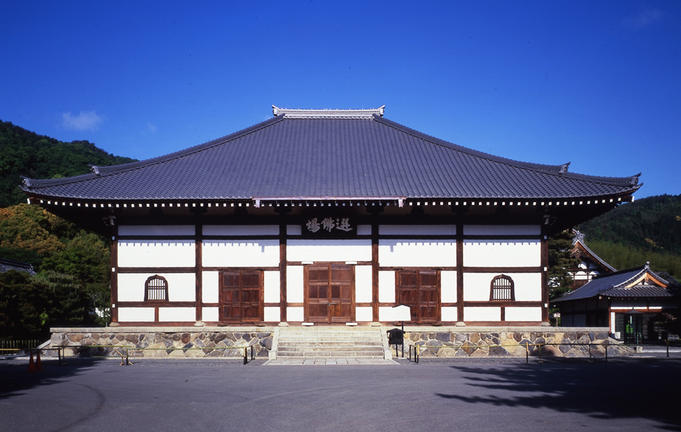In Arashiyama, Tenryu-ji is a UNESCO-listed Zen temple with a stunning garden that blends seamlessly with the surrounding mountains. Founded in 1339, it’s a peaceful spot tied to Zen Buddhism’s roots.
The garden, designed by Muso Soseki, features a pond, rocks, and trees that feel like an extension of the hills. It’s a place where you can sit and let your thoughts settle.
You’ll also find a grand main hall with tatami mats and sliding screens. The temple’s layout invites you to linger, especially near the garden’s viewing spots.
Get there early, around opening, to enjoy the calm before the crowds arrive. Morning light makes the garden’s colours really stand out.
Plan for about 90 minutes to explore the temple and garden fully. Wear shoes you can slip off easily for indoor areas.
Try the shojin ryori, a vegan monk’s meal, if you book ahead at the temple’s restaurant. It’s a unique taste of Zen tradition.
Exit through the north gate to hit the Arashiyama Bamboo Grove right after. Weekdays keep things quieter, especially in peak seasons like autumn.
Tenryu-ji is open daily from 8:30 AM to 5:30 PM (5 PM in winter). Entry fee is about 500 yen for the temple and 300 yen extra for the garden, cash preferred.


